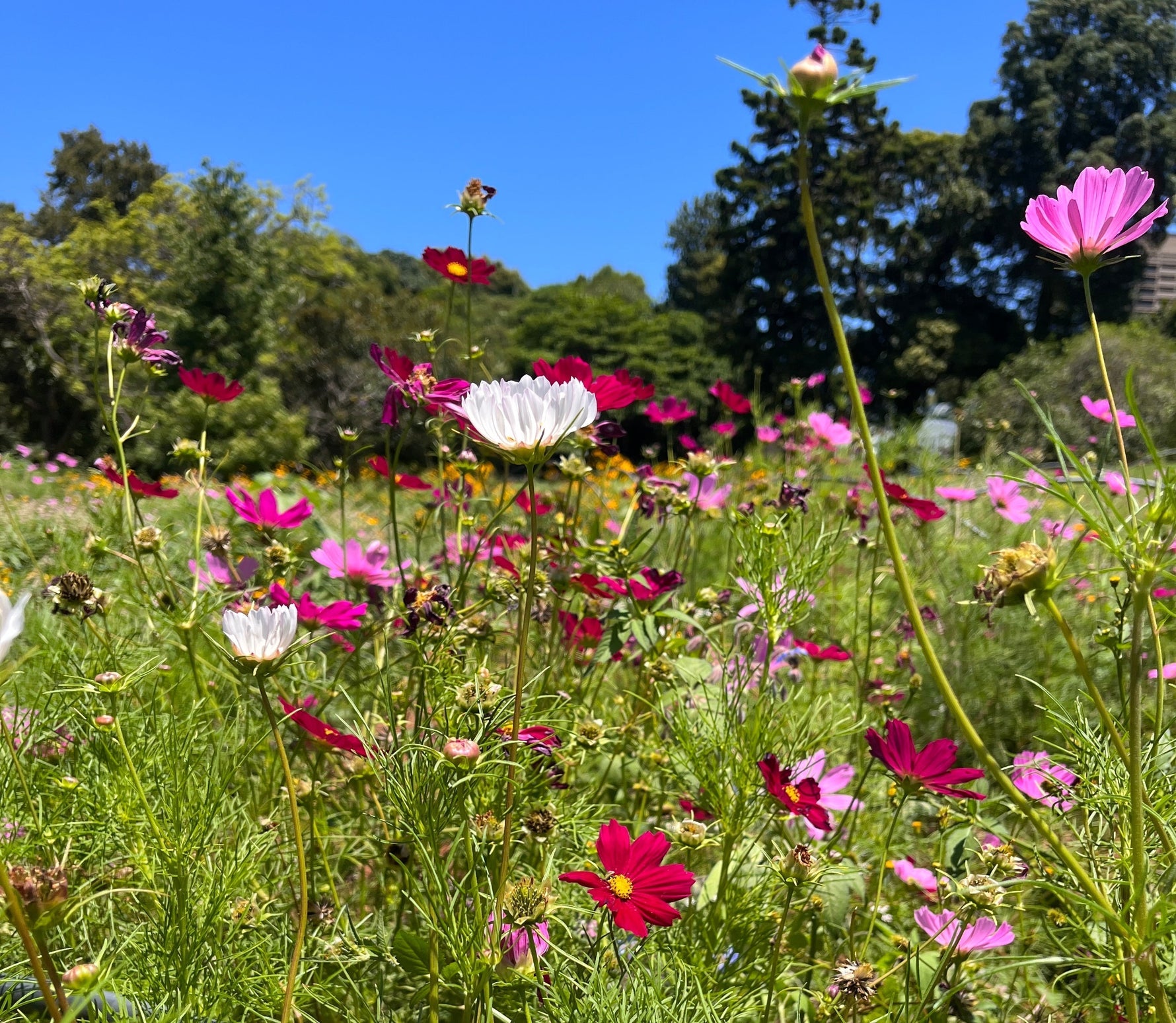
Swan River Daisy Flower Seeds
$4.90
Unit price perWe offer fixed-price shipping: $8.90 for Standard and $15.95 for Express, both including GST and a tracking number.
For WA orders, shipping is $16.90 (Standard) and $19.95 (Express), both including GST and tracking. This cost covers mandatory quarantine fees and inspections, so expect delays. For TAS orders, shipping is $9.90 (Standard) and $17.95 (Express), both including GST and tracking. This cost covers mandatory quarantine inspections and paperwork, so expect delays. For more on processing and dispatch, visit our shipping info.
Due to the nature of the goods, we will not accept returns for change of mind or any other reasons. We guarantee they meet acceptable quality standards and are fit for their intended purpose. If they do not, we will gladly offer a replacement.

Description
Swan River Daisy is a colourful and vibrant annual Australian native plant that is easily grown in most parts of Australia. They are found in the wild in WA, SA and southern NT in a variety of habitats: in sandy or clay soils, on sand hills and plains, along watercourses, on swampy ground, on chalky hills and among granite outcrops. They are moderately frost-hardy and can be grown easily in most areas of Australia.
A low-growing Australian native annual daisy that provides a spectacular burst of colour through spring, attracting bees and butterflies. It has branched stems and highly-divided leaves, and daisy flowers. It is a popular and easily-grown garden plant for bedding, courtyards, playgrounds, flower gardens, borders, rockeries, pots and hanging baskets.
In the wild, the Swan River Daisies usually flower in late winter and spring, but in cultivation, they commonly flower in spring and summer and intermittently at other times of the year. If sown in spring, flowering may extend into summer and autumn.
Planting Guide
While they are drought-tolerant, they perform best in moist, well-drained soil, with sun to part shade. Plant the seeds in Autumn and keep the plants growing through Winter in warmer climates, as this will bring a better display in spring. Trim off the spent flowers after the first spring flush to encourage repeat flowering in late spring and summer. Feed generously with a good fertiliser to get the plants to reach their full flowering potential.
Sowing Methods: Direct sowing, raising seedlings, seed trays
Sowing Depth: 3mm
Germination: 14 to 21 days
Temperature: 18°C to 21°C
Hardiness: Drought-tolerant
Note: Some native seeds like to take their time! They often stay dormant until conditions feel just right. Follow the pre-treatment and sowing tips provided, and don’t worry if germination takes a little longer; it’s all part of nature’s rhythm.
Growing Notes:
Commercial seeds germinate quickly, within 2 to 12 days and often within 2 to 4 days. Cuttings will strike quickly but may result in less vigorous growth. They should be planted in full sun in clay or sandy soils, but they will tolerate shade and, if sown directly under trees, will form a natural carpet. Sowing should be done in May or June in coastal areas and, in colder areas, they are best sown in peat pots or seedling flats in June or July. In areas subject to frost, germination success can be improved by sowing after frosts have passed.
They respond well to watering and fertilising, although an initial treatment with an organic liquid fertiliser should be sufficient in most cases. Once established, plants may be picked out to 20cm centres. Spent plants may be cut back, however, plants commonly regenerate naturally from seed, even in containers and hanging baskets. Note that they are prone to attack by powdery mildew.
You can find more information on this species here.
Product Highlights
Soil Type :
Light Requirement :
Height :
Lifecycle :
Best For :
Shipping To :
Sowing Rate :

100% Pure Seed | Non-GMO | Open-Pollinated | Zero Chemicals
Your Garden, Our Expertise
Growing flowers is more than just planting seeds. It’s about supporting pollinators, reconnecting with nature, and creating something beautiful. Whether you're filling a small pot or sowing a full meadow, we’re here to help every flower and every grower thrive. With thoughtful guidance, personalised advice, and a focus on what works for your space, Meadow Flowers Australia is here to support your gardening journey from the very first seed.





